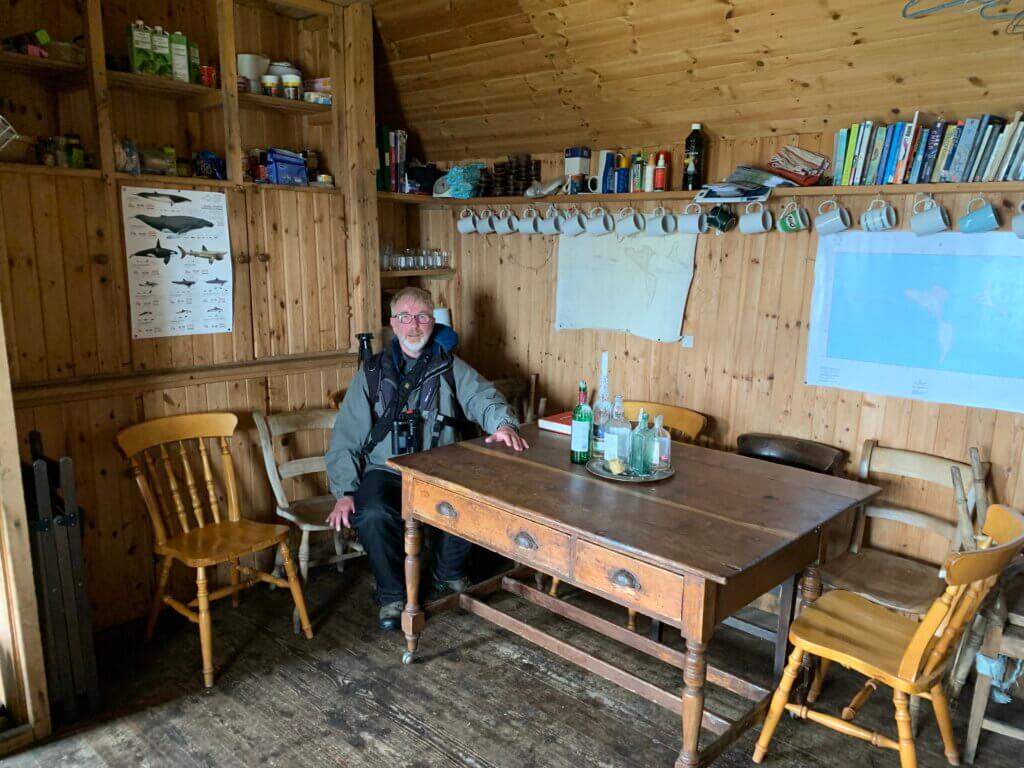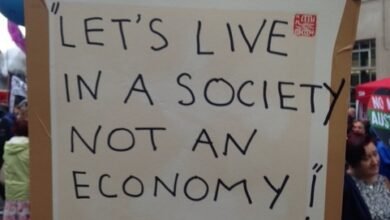
Alick Simmons spent most of his career in public service serving as the UK Food Standards Agency’s Veterinary Director (2004-2007) and the UK Government’s Deputy Chief Veterinary Officer (2007-2015).
He is the current chair of the Zoological Society of London’s Ethics Committee on Animal Research and a member of the Wild Animal Welfare Committee. He sits as an independent member of both the RSPB’s Ethics Advisory Committee and the National Trust’s Wildlife Management Advisory Group. He is former chair of the Universities Federation for Animal Welfare and the Humane Slaughter Association.
He is an avid amateur naturalist.
His book Treated Like Animals: improving the lives of the creatures we own, eat and use was published by Pelagic Publishing in 2023 and reviewed on this blog – click here.
Whither Reintroductions?
I think a lot about the state of wildlife in Great Britain and occasionally I write about it. This is one of those times.
What do I think about? Mostly it’s about the continuing and relentless decline in nature. This is nothing new, at least for me. It goes back to my childhood.
I was brought up in Scotland, near Paisley. My father, long since dead, was in the paper trade; the company he worked for supplied publishers with bookbinding material. This included Wm Collins which, long before being sold to the rapacious Aussie, printed books in nearby Glasgow. The close business relationship enabled my dad to get swift access to their latest offerings (were they free or cheap? I never did know). When I was 11, I was given my first proper field guide, Peterson’s Birds of Britain and Europe. I remember using it to work out which ‘crest I had found in the garden – it was a Goldcrest, of course, the Firecrest rarely venturing sufficiently far north.
I still have that book, dog-eared and dirty. It sits in a bookcase next to where I am writing this, reminding me of how my lifelong interest was kindled.

Birds: a mixed picture
As well as being a constant companion as I slowly developed my identification skills, I spent hours flicking through Peterson, entranced by European exotica and rarities. Over time, I began to realise that the relative paucity of breeding species in Great Britain was not simply a function of geography and climate, but also as a result of decades of persecution and habitat destruction. We all know about the losses and precipitous declines – White-tailed Eagle, Common Buzzard, Osprey, Peregrine, Red-backed Shrike, Hen Harrier, Wryneck, Corncrake, etc, etc.
I grieved for these losses and I grieve now. I’ve travelled widely to watch wildlife but while I’ve enjoyed and marvelled at the spectacle of birds (and mammals) overseas, as I get older it’s the wildlife nearest to home that I yearn to see more of.
A number of these declines have been reversed and some extirpated species have been re-introduced but far more are in decline. Some have not returned in any great numbers (or have yet to be returned). Still more, like the Willow Tit, teeter on the brink of extirpation. Despite the gloom, there have been spectacular successes – the Eurasian Crane in Somerset, close to my home, is a shining exemplar of a successful reintroduction. Likewise, the Red Kite.

The resurgence of the Bittern and the colonisation of the south of Britain with three species of egret is testament to what can happen if habitats are restored (aided a little, no doubt, by climate change). And a reduction in persecution combined with restrictions on certain pesticides has allowed the populations of several species of raptor to recover – with notable exceptions.
With the possible exception of the White-tailed Eagle, reintroductions are generally welcomed (The poor eagle gets the blame for missing lambs and while the evidence is equivocal, the numbers of lambs lost to predation – by any species – is dwarfed by losses due to the elements, starvation and disease.)

The new government has pledged to boost nature and restore biodiversity. There are a number of new initiatives and perhaps, with the commitment to 30×30, the nascent land-use strategy and the new work on landscape recovery, we may see these species flourish giving us an avifauna to be proud of once again.
Mammals: A different kettle of fish.
Mammals fare worse than birds. Other than those with a monetary value such as deer, few enjoy much protection. In essence, the law protects all birds unless a licence says otherwise. In contrast, mammals are not protected unless the law says otherwise. Which means for those species not already extirpated, the status of many is precarious. Even those which are protected are under the cosh or under threat: scapegoated as a reservoir of disease (the European Badger) or as a ‘hindrance’ to development.
But in considering “loss” in the widest sense of the word, it is the larger missing mammals to which I am drawn. While the list of extirpated mammals which are potential candidates for reintroduction is the subject of debate, a few iconic species top my list: Brown Bear, Grey Wolf and Eurasian Lynx.
Now, however it might appear, I am not näive: none of these are coming back soon. There are many hurdles to overcome. Some are legitimate, some are simply hindrances. I spent a career controlling disease in animals: in my experience, disease risk appetite associated with mammalian re-introductions is orders of magnitude lower than it is for importing dogs and farmed animals. This needs to be addressed.
While over-caution about disease is an irritant, it is nothing compared to the influence of land-owners and farmers. The tactics of peddling fear by their representative bodies have governments of all stripe running for cover – in the first instance, re-introductions are dismissed out of hand, often causing years of decision-making paralysis. (The first licences to release beavers to the wild in England have just been issued, a mere 100 years after beavers were released in Sweden).
When it becomes clear that it cannot be blocked for ever, the next tactic is to demand the right to kill any animals deemed to threaten their [financial] interests or to be compensated for any losses. In some cases, both are sought. These tactics work in aggregate and, in practice, the delays caused amount to a veto. In contrast, the views of the general public, many of whom want to see a restored fauna are always subordinate. Why?
New applications to re-introduce Eurasian Lynx are in preparation and while these appear to be progressing well, Defra is dragging its feet. While Defra insists that ‘This government is absolutely committed to restoring and protecting nature…’ it, at the same time, appears to want ‘more evidence [my italics] of the effects of the management of large predators before any reintroduction is considered’. More evidence? I suggest looking at mainland Europe where the recovery of large mammal populations continues apace and where somehow society and farming manages to keep going.
If, when considering the return of lynx, a species so shy that few people ever see one, politicians in Scotland and England remain in thrall to the interests of landowners, what possible hope is there for bears and wolves?

I fear we are destined to live without these creatures for the foreseeable future. When I consider what we could have and how simple it could be (in comparison to, say, re-arming, HS2 and new nuclear reactors) I grow increasingly impatient.
And the sense of loss I experience is profound and enduring.
To be clear, I don’t want to see lambs eaten by bears and calves eaten by wolves but many European countries seem to manage. I wouldn’t begrudge compensation where it was due and provided the farmer had taken mitigating steps. However, for as long as an effective veto over these introductions lasts, such a consideration is academic.
Here’s a final thought – farmers and landowners oppose re-introductions because they fear it will harm their business. They want compensation for losses. Fair enough. But if their serial objections paralyse decision making for a decade or more, it’s people like me who lose – we lose the sense of wonder as the natural world recovers and the ability to marvel at the majesty of apex predators once again stalking our land. Set against the backdrop of efforts to improve wellbeing, this is not trivial.
Which begs the question – How do politicians intend to compensate us?
[registration_form]
Source link




